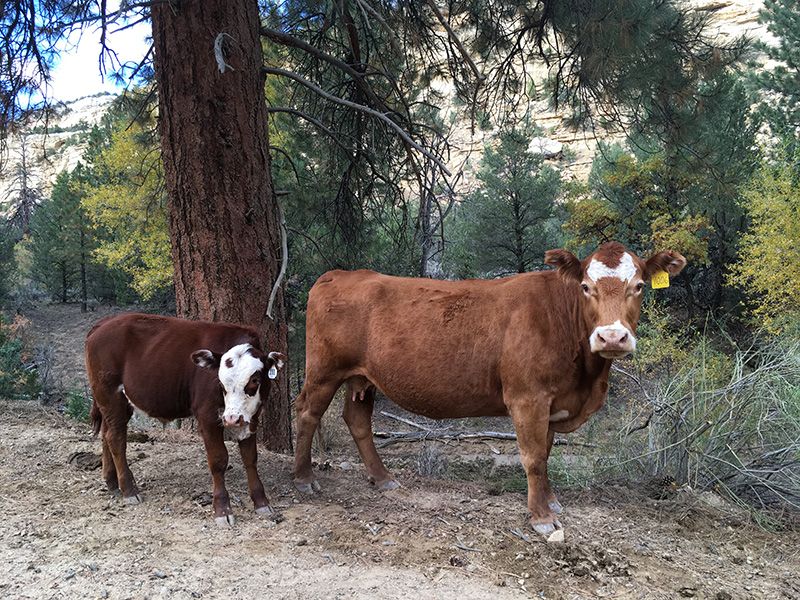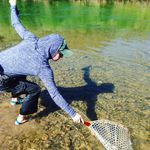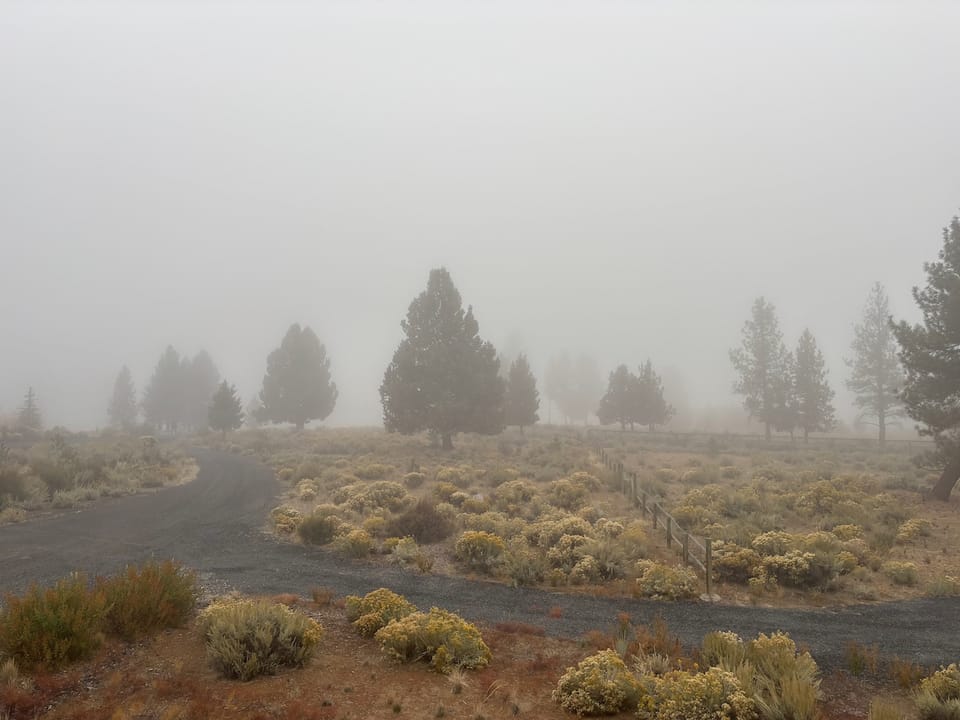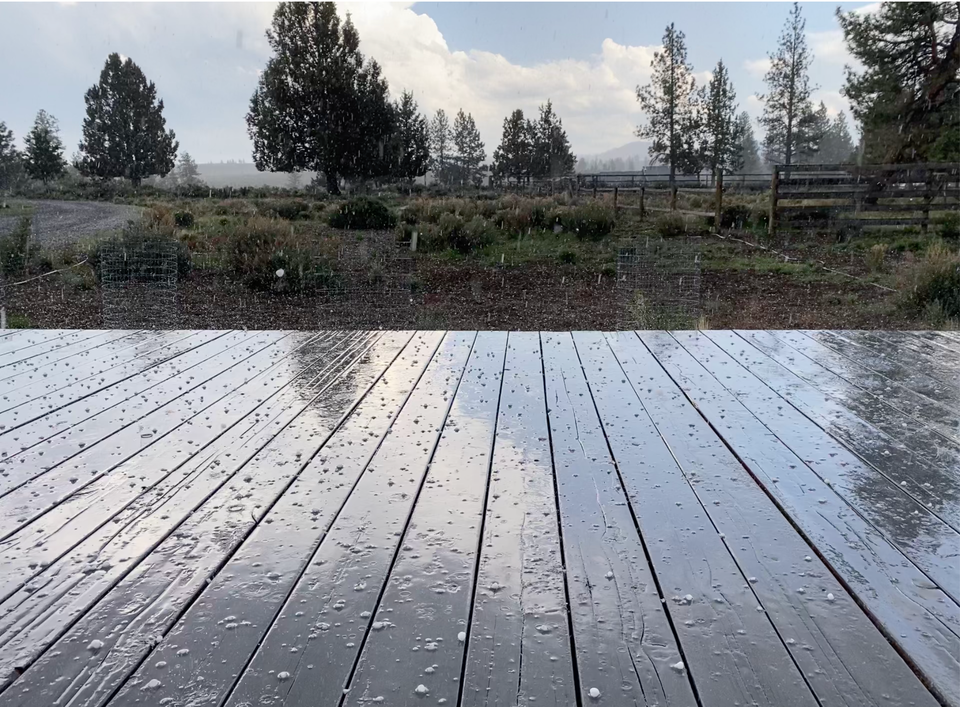The West isn’t perfect, but life is full of trade-offs and I figure, at least when it comes to public land usage, that I win in the end. I don’t love that people go out on BLM land and shoot cans, signs, bottles, clay pigeons, etc., and then leave all the bullet, rifle and shotgun casings behind, along with the shredded detritus of what they shot. ATVs and other motorized noise-makers are not my favorite thing, especially if I am looking for solitude and quiet. But while they get to crush plants, pollute the air, litter and make a lot of noise, my dogs get to roam off leash to their hearts content on millions of acres of land. I get to camp almost anywhere I want on BLM and National Forest land. There are thousands of miles of trails and vistas to enjoy, for free, no reservation required. Having this land regulated more closely might not go in my favor, so I am happy enough with how things are.
Cows eat, conservatively, the equivalent of 24 pounds of plant material each day. Anything that cows can eat, they will, leaving behind only nubs of grasses and a look that is decidedly over-grazed. In the arid west it takes 11-20 acres to feed one cow whereas in a lush place like Georgia they talk about cows per acre. Can we agree to keep all the cows in Georgia?
Several years ago we were camping in the San Rafael Swell, an amazing stretch of desert in central Utah. A short hike away from our camp we found a bloated, reeking cow carcass that had died giving birth. The calf was half-birthed and also dead. This is sandstone slot canyon country, with rocky towers and sand, sparsely vegetated and remote. Not exactly paradise for a grass-eating animal.
There is a small mountain range outside of Moab, Utah, called the La Sal Mountains. It’s an oasis of cool when the summer temperatures in Moab get into triple digits, and also happens to have some really fun mountain bike trails. I rode one of these, Moonlight Meadows, right after the forest service trail crew had spent two weeks maintaining and improving the trail. They had built log bridges over the rocky, intermittent streams, smoothed out some straightaways and bermed up some curves. They transformed what was perfectly fun into a trail that was fast, flowy and truly giggle-worthy.
I raved about it so much my friend came down from the city to check it out. The thing is, between one weekend and the next, the cows had arrived. What had been a mostly buff trail was now heavily pocked with hoof prints and covered in cow shit that was impossible to avoid. We rode with our mouths closed and were covered in it. At some point we came across more cows on the trail, but the terrain was so steep they refused to leave the trail, and barely ambled along as we yelled at them to KEEP MOVING. Finally, they went down a small slope and took most of the trail with them. On the plus side, the dogs had a blast chasing them around a meadow. On the downside, a beautiful mountain was completely trashed because some ranchers have a historical right to graze their cows on public land.
Another time, we camped in the La Sals at a place called Oowah Lake. There is a fence around the lake and a cattle guard at the entrance to the campground. A small herd of cows huddled right next to the fence as if all the good stuff was just on the other side. The road to the campground was littered with cow pies (and really they were splats more than pies). The cows seemed to be suffering from severe intestinal distress, based on the splats and the achey, moany bellows that they shouted at us from sun up to well past sun down. I’ve seen entire herds with their butts stained and crusted with diarrhea. As much as I hate them, I feel huge amounts of pity. And it’s hard to understand how allowing them to eat plants that make them ill is better for the rancher.
A couple of weeks ago we went on a trout fishing excursion in southern Utah, during the peak of fall colors. Tiny creeks in the canyons cut into the plateaus, running steeply from pine trees and aspens to red moonscape. Other than the road itself and the occasional faded beer can on the side of the road, these places feel free of the influence of people, small sparkles in an already stunning landscape. In North Creek Canyon, though, cows lined both sides of the road next to the river, and often the road itself, for seven miles before we turned onto a road leading away from the river. Their deep hoof prints were visible on the shore, their weight collapsing overhanging banks that provide shade and protection for the trout, their feces a cow’s length from the water, sometimes in it. There are cutthroat trout trying to make a living here, along with a healthy population of giardia, I imagine.
The deserts of Utah, Arizona and Nevada contain some very remote places, where the resources are scarce, water is rare, and plants tend to be tiny, tiny-leafed, and prickly. They save their blossoms for rain events and then show it all off in a burst of bright color. What may appear rough and more-dead-than-alive is actually incredibly delicate and well adapted. Most importantly, the soil has a crust that is alive with cyanobacteria, lichens, mosses, green algae, micro-fungi and bacteria. Cyanobacteria are believed to be some of the first living things on earth, and they provide the essential services of holding nutrients and water in the desert soil, and holding that soil in place during wind and rain storms. Healthy systems of biological soil crust look like colonies of tiny black gothic castles carpeting the earth.
You can imagine what happens to these castles when the hooves of 2000 pound animals casually and thoughtlessly grind them away. The damaged biocrust can take 50 or more years to recover, plants die, soil washes and blows away creating erosion in the landscape and the dust darkens the snowfields of the western mountains. Darker snow melts faster, increases evaporation and lowers the amount of runoff to rivers. And everything relies on rivers: plants, animals, fish and of course humans. Roads and trails cause damage and dust, but people tend to use the same route over and over, while cows trample so thoroughly it almost seems intentional. Cows aren’t the only dust creating culprits, but they are one of the most personally annoying.
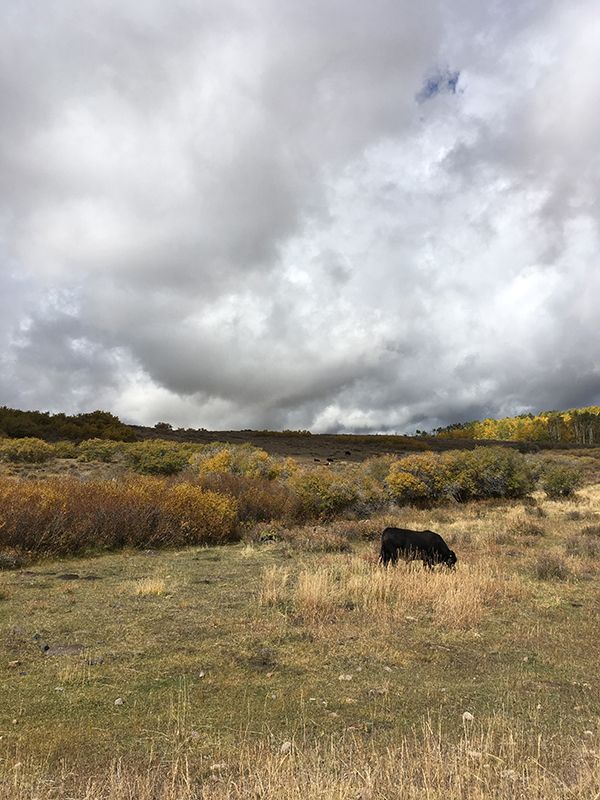
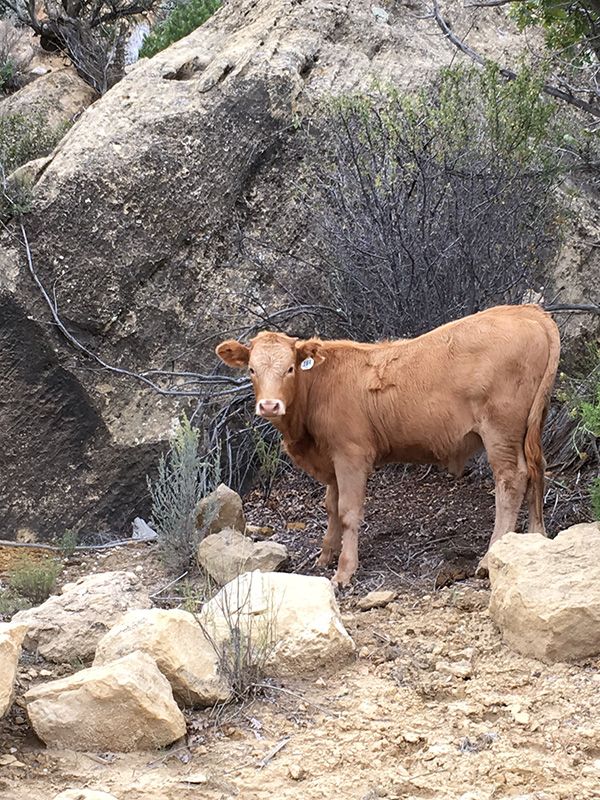
There are people and organizations with mandates to remove the cows from the most fragile parts of the Southwest, and they even had some success! In 2015 a few ranchers agreed, and even wanted, to retire some acres of particularly fragile and remote land that is also home to some threatened species. They actually wanted out and Utah senators quickly proposed a national bill to restore full grazing to the area. Because to give an inch is to give a mile, in the most insidious of political battles that has nothing to do with land and everything to do with money. Utah is currently attempting to get Federal public lands into the hands of the state. Utah state land, by the way, is not open for public use. In areas around Moab, for example, it is fenced, and up for sale.
It’s a sad fact that the West is full of invasive, non-native species. The tumbleweed that rolls so poetically across the plains, to the soundtrack of a classic Western movie, before piling up in ditches and against fences, is actually Russian Thistle. Not native and totally invasive. In a weird logic, I’ve read about ranchers using non-native cows to eat some of the non-native plants in an effort to restore native buttercups. Which is super cool! Of course, the seeds of invasive species are spread, at least in part, by our friends the cows.
I am not any kind of environmental or policy expert, but know enough to realize that the issue of cows is emotional and incredibly complex. Maybe part of the problem comes from the fact that the wildlife on public land is regulated by the state and the land itself is regulated by the Feds. Cows, of course, are not wild and their right to eat everything on public land comes from grazing leases that were established in the 1930s, when we didn’t know as much about soil, climate change or healthy ecosystems. There were fewer people then, with smaller appetites for burgers. I also know that a righteous rant is maybe the only thing worse than a cow. And I know the joys of a good steak, seared on the grill, though I stopped eating beef just so I wouldn’t feel like a hypocrite.
Cows are crust killers, river trashers, invasive species distributors, farters and burpers, and the politics protecting them is the biggest cow pie of all. My dogs will keep chasing them while we ride trails and fish in creeks. We will keep cleaning their shit out from the wheel wells of the truck (and off of our bike frames). But cows can’t stop my jaw-dropping awe at a sky packed with stars on a dark night away from the city. Or my deepest joy at vast views of the desert from any plateau. The cows may be completely indifferent to me, but we are in this together.


